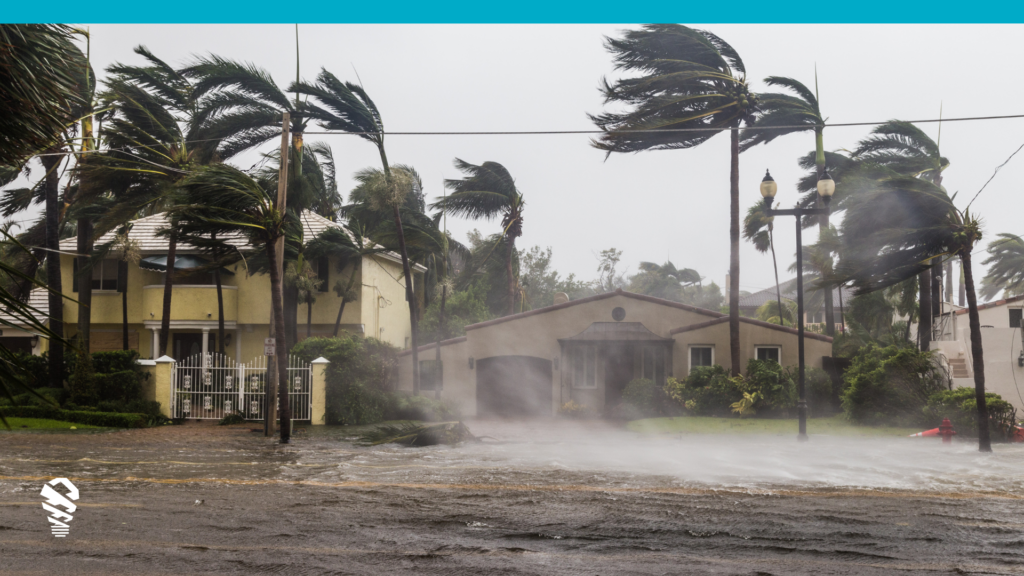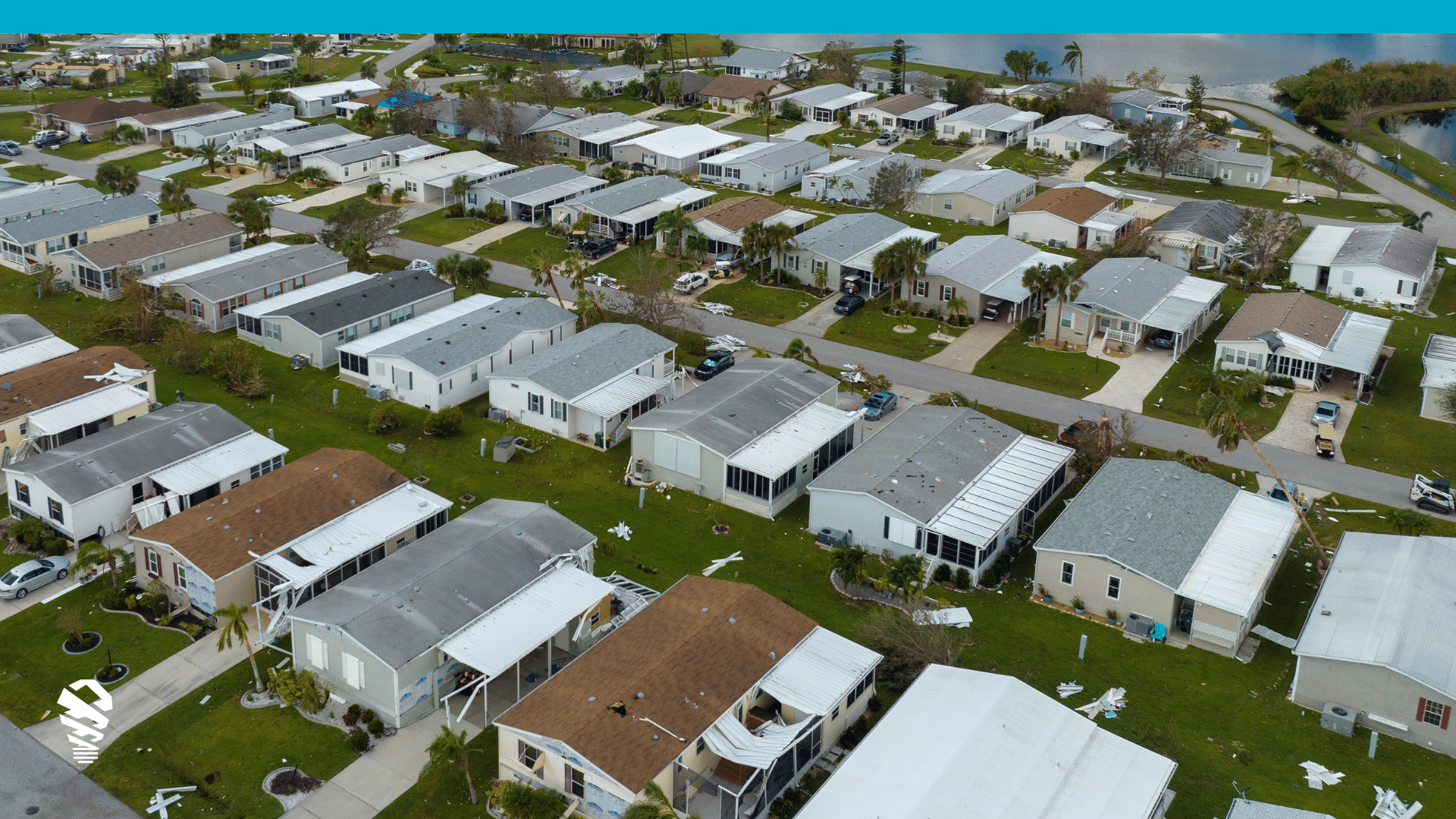The 2024 hurricane season has been intense with Hurricanes Helene and Milton standing out for their destructive power. While both storms left a significant mark, early estimates illustrate that their impacts tell two very different stories—one of immense human loss and another of staggering financial cost. By looking at these storms in the context of historical hurricanes, we gain valuable insights into how damage and death tolls can vary dramatically, despite the strength of the storms.
The Deadly Legacy of Hurricane Helene
Hurricane Helene hit hard, causing an estimated $34 billion in damages and claiming 232 lives. While this financial figure is substantial, it’s the human toll that makes Helene stand out. For comparison, Hurricane Katrina in 2005 caused far more financial damage ($101.8 billion) and a higher death toll (1,408), while Hurricane Maria in 2017 caused 2,979 deaths. Helene’s high death toll, despite its relatively moderate financial impact, underscores that hurricanes with moderate financial losses can still result in significant human tragedy. It’s important to note that Hurricane Maria hit Puerto Rico, a U.S. territory and but not part of the contiguous U.S., leading to differences when comparing hurricane history in the U.S.
Why did Helene’s death toll reach such a high number? Factors like lack of preparedness, rapid storm intensification, and the vulnerability of the region likely played a role. In particular Ashville, North Carolina stands out for its location at the confluence of two rivers in the Swannanoa Valley region.
When compared to hurricanes with similar financial impacts, like Hurricane Andrew in 1992, which caused $34.9 billion in damage but only 65 deaths, Helene stands out for its disproportional human cost. This shows how unpredictable the human impact of a storm can be, even when financial losses are moderate.
Hurricane Milton: A High-Cost Event with Fewer Lives Lost
Hurricane Milton, on the other hand, tells a very different story. With $85 billion in estimated damages, Milton ranks as one of the most expensive storms in U.S. history, yet it resulted in only 17 deaths. For perspective, compare Milton’s financial toll to Hurricane Katrina’s $101.8 billion or Hurricane Harvey’s $37.6 billion. While Milton’s financial damage was staggering, its death toll was minimal compared to historical storms like Katrina or Maria.
Milton’s low death toll can likely be attributed to improved evacuation protocols, early warnings, and landing at in a geographically safer area that has built up stronger infrastructure to counter hurricane risk. This mirrors the story of Hurricane Ida in 2021, which caused $40.5 billion in damages but resulted in 92 deaths. Milton’s case shows that even the most financially devastating storms don’t necessarily result in a large number of casualties when modern infrastructure and preparedness come into play.
Understanding the Relationship Between Damage and Deaths
Looking at the data, the correlation between financial losses and death tolls in hurricanes is surprisingly weak, with a correlation coefficient of just 0.20. Helene (high deaths, moderate losses) and Milton (high losses, low deaths) demonstrate this complexity. Historical patterns show that high financial losses don’t always correspond with high death tolls. For example, Hurricane Wilma in 2005 caused $16.5 billion in damage but resulted in just 30 deaths, while Hurricane Maria in 2017 caused $36.8 billion in damage and claimed nearly 3,000 lives. As mentioned earlier, infrastructure on the island off Puerto Rico is an important factor here.
This variance is influenced by several factors: the region’s preparedness, the storm’s intensity, and the effectiveness of early warning systems. For instance, Hurricane Ike in 2008 caused $25.6 billion in damage and resulted in 113 deaths—a higher human cost than expected for its financial impact. Understanding these factors helps explain why certain storms with moderate financial impact still result in a tragic loss of life.
Year | Hurricane | Losses in Millions | Deaths |
|---|---|---|---|
1992 | Andrew | $31,951 | 65 |
2005 | Katrina | $101,865 | 1,408 |
2005 | Wilma | $16,533 | 30 |
2008 | Ike | $25,604 | 113 |
2012 | Sandy | $39,918 | 158 |
2017 | Harvey | $37,609 | 107 |
2017 | Irma | $37,473 | 92 |
2017 | Maria | $36,802 | 2,979* |
2021 | Ida | $40,503 | 92 |
2022 | Ian | $55,772 | 156 |
2024 | Milton | $85,000** | 17 |
2024 | Helene | $34,000** | 232 |
*Includes Puerto Rico
** Estimated by Moody’s Analytics public reports as of October 15, 2024
Death toll data from the National Hurricane Center.
Lessons from Helene and Milton for Future Storms
Hurricane Milton, despite its massive financial toll, demonstrates how improved infrastructure and preparedness can save lives. Milton’s relatively low death toll highlights the progress made in emergency protocols and storm response. However, Hurricane Helene shows us that even with modern technology and warning systems, certain regions remain highly vulnerable to high mortality rates during severe storms.
Conclusion
The stories of Hurricanes Helene and Milton in 2024 offer key insights into the unpredictable nature of storm impacts. Helene’s deadly legacy, despite moderate financial losses, and Milton’s immense financial toll with minimal deaths, underscore the need for continued focus on preparedness, infrastructure, and vulnerability reduction. For P&C teams responding to devestating storms like these, efficiency is everything. If you are looking to up your claim capacity, considering the leading property inspection platform IMGING. By learning from these storms, you can better equip ourselves to handle future disasters and mitigate their devastating impacts on property and your policyholders.



![How to Measure a Roof With a Drone [Updated April 2023]](https://www.lovelandinnovations.com/wp-content/uploads/2024/04/How-to-Measure-a-Roof-With-a-Drone-Updated-April-2023.png)




